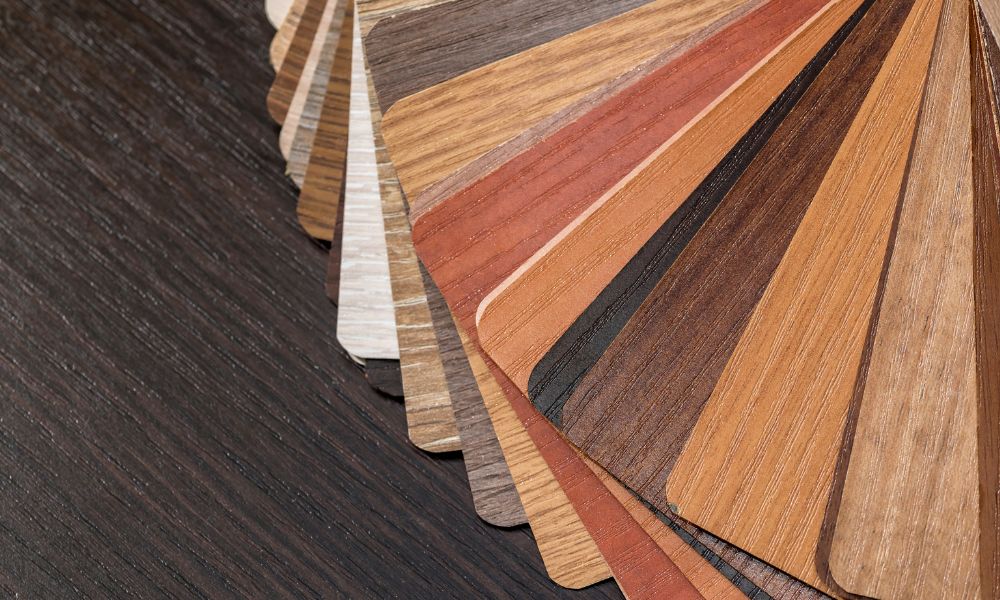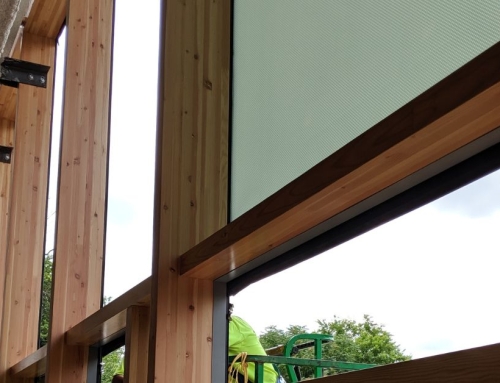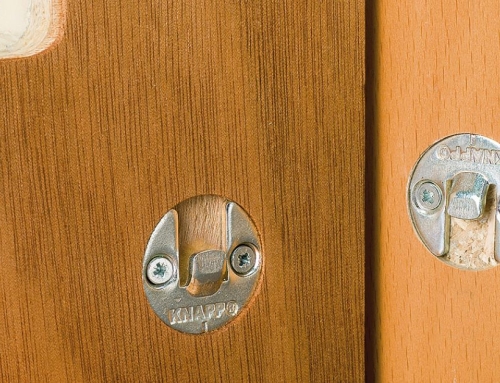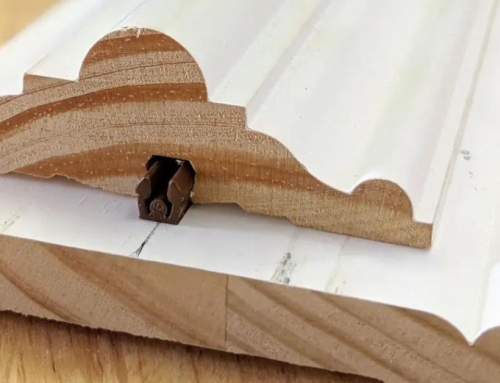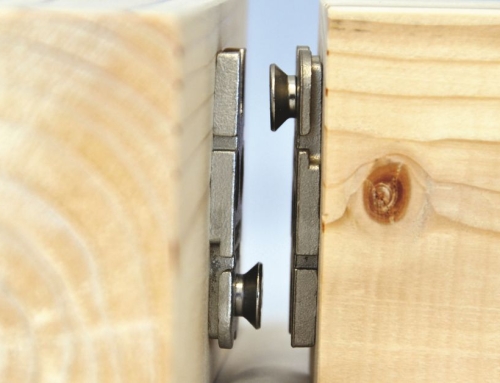When it comes to the artistry of woodworking and the crafting of stylish interiors, the small details matter. Among the most captivating aspects of any space are wood veneers—slices of nature that gracefully adorn furniture, flooring, and architectural millwork.
Yet despite this material’s prevalence and popularity, a veil of myths often shrouds it. Allow us to peel back the layers of the common myths about wood veneers. This way, we can clarify the facts about this beloved element in the world of design to allow you to create more successful and aesthetically pleasing projects.
Wood Veneer 101: The Beauty of Simple Elegance
At its core, wood veneer is the epitome of nature’s artistry, providing a way to enjoy the splendor of timber in a more flexible and economical form. Used for centuries, wood veneer grants artisans and designers access to a variety of wood species that might be impractical or unavailable in solid wood form. This overlaying method permits intricate designs that solid wood cannot replicate. The result? A sleek, sustainable, visually compelling material that’s a hallmark of fine details.
Debunking the Myths of Wood Veneer
As you begin your research on using wood veneer, you may come across a few myths about the material. To help with your next timber project, let’s address the myths and misconceptions surrounding wood veneer.
Myth #1: Wood Veneer Is Not as Durable as Solid Wood
Some people believe that because wood veneer is thin, it must be less durable than solid wood. However, when properly applied to a stable, quality substrate, veneer is often more stable than solid wood. It’s less prone to warping, splitting, or cracking, as its grain isn’t subject to the same expansion and contraction. The reality is that, when maintained properly, wood veneer can last as long as or longer than its solid wood counterparts.
How To Spot Quality Veneer
A good wood veneer is both beautiful and dependable. It keeps the wood’s natural look, adding charm to projects. It’s also flexible and therefore perfect for curved or uneven surfaces where solid wood won’t work, making it versatile and practical.
Addressing Aging and Maintenance Concerns
Over time, wood veneers might face abrasion or other wear, but they’re easier to repair than solid wood. A quick touch-up can restore the veneer’s original luster without the need to refinish the entire piece. This easy maintenance often results in veneer outlasting solid wood in terms of day-to-day wear and tear.
Myth #2: Veneer Is an Inauthentic Representation of Wood
Another common myth about wood veneer is that it somehow diminishes the authenticity of wood in a design. However, this myth neglects the fact that veneer is wood that is unarguably traceable to real timber. It’s not a substitute but an enhancer, offering the elegance of natural wood in ways that, in certain applications, can be sustainably and aesthetically superior to solid wood.
The Reality of Resource Preservation
Choosing wood veneer can be an environmentally conscious decision. By stretching the usage of timber, veneer ensures that more of the forest’s precious gifts are appreciated across a broader range of surfaces.
Designing With Purpose
Approaching veneer with intention is important. Used thoughtfully, it adds warmth and character, uniting the benefits of sustainability and design flexibility. Veneer doesn’t replicate nature’s bounty, but it does celebrate it in a composition that’s often superior to what straight timber can afford.
Myth #3: Wood Veneer Limits Creativity
The idea that wood veneer lacks creativity is a myth. In fact, wood veneer plays a key role in elevating projects from ordinary to extraordinary. It acts not as a limitation but as a springboard for creative innovation, allowing designs to achieve a level of originality and distinction that’s unreachable with solid wood.
Wood veneer offers a wide range of textures, colors, and grain patterns, mirroring the diversity of nature. This allows designers and artisans to add unparalleled detail and creativity to their work, enhancing their artistic endeavors. Its versatility also enables the use of wood in ways solid wood can’t match, showcasing its practical advantages. Far from hindering creativity, wood veneer broadens the scope of design possibilities, making it a vital tool for any creative professional.
Caring for Veneers: Maintaining the Marquetry
Maintaining wood veneer furniture demands expertise and a gentle touch. Consider yourself its guardian, committed to preserving its aesthetic appeal and structural integrity over the years. Here are a few strategies for caring for your wood veneers.
Daily Dos and Don’ts
Preserving the vibrancy and life of your wood veneer is a matter of simple daily maintenance. Avoiding harsh chemical cleaners; using soft, damp cloths for dusting; and gently cleaning periodically will keep your veneer looking polished and youthful. It’s about respecting the material and its natural beauty.
The Occasional Refurbish
A well-worn veneer is not a lost cause but rather a canvas ready for renewal. The refurbishing process involves gently sanding the surface to remove scratches or blemishes followed by relacquering or reoiling to restore its sheen and protection. This process can breathe new life into an old piece, making it seem as good as new.
Choosing Quality Over Convenience
Ensuring that the wood veneer you select meets your expectations is a matter of integrity. Don’t compromise on quality to save on cost or time. A well-selected, well-maintained veneer will pay dividends in the longevity and aesthetics of your project.
Reconsider your approach to wood veneer. Take care to select it not as a shortcut but as a deliberate choice that elevates the integrity and artistry of your craft. When you connect with the material on a creative and professional level, the results are bound to reflect that consciousness and commitment.
For your upcoming project, look past the myths and recognize the genuine potential of cabinet connector hardware. Discover how these connectors can transform and elevate your work, showcasing the natural beauty and timeless appeal of wood veneer. Remember, working with cabinet connectors means working with a solution that brings the elegance of wood into your designs, providing you with the ideal foundation for your creations. Explore all the connectors and fasteners available at KNAPP Connectors and see how our hardware can inspire your next masterpiece.


